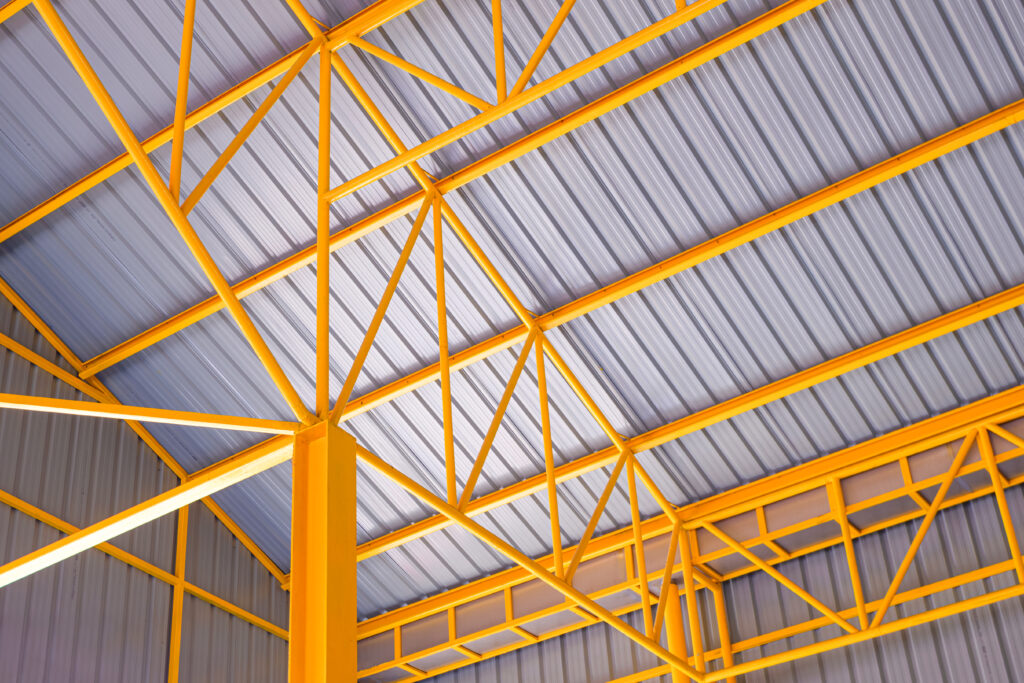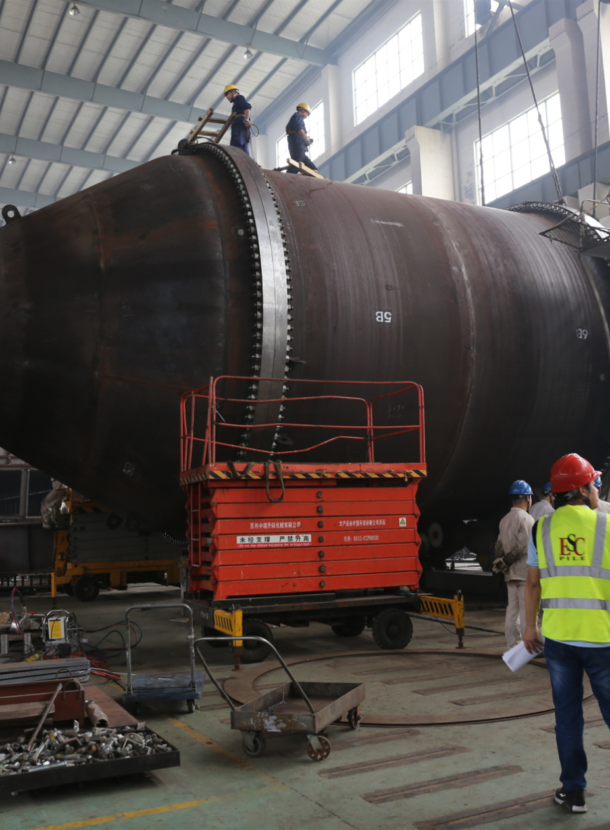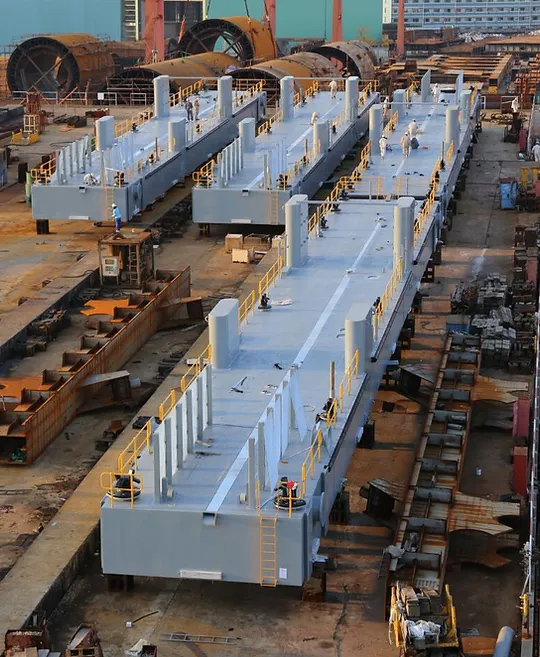BUILT UP BEAMS
Built-Up Beams are made of structural metal units such as plates and angles which are riveted, bolted, or welded together. Built-up beams are versatile structural elements widely used in construction. Combining two or more construction materials results in enhanced strength and durability. Built-up beams, also recognized as framed structures, consist of individual angle irons, channels, I-beams, and similar basic metal sections. These components are interconnected into a unified entity through batten plates or lattices. Primarily employed as structural elements under compression, built-up beams serve as columns or chord members in trusses. Their application becomes crucial in situations where the risk of buckling requires an augmentation in the cross-sectional radius of gyration of a specific member, implying a reduction in the member’s flexibility. In such instances, the cross-sectional constituents of a built-up beam can be adequately spaced to prevent buckling, subsequently linking them through single or double-diagonal crossbars or batten plates to ensure structural integrity.
The primary purpose of creating built-up beams is to increase the load-carrying capacity and stiffness of the beam while utilizing the beneficial properties of different materials. This approach allows engineers to take advantage of the strengths of each material while minimizing their weaknesses.
For example, in steel-concrete composite beams, a steel beam (usually an I-section or an H-section) is connected to a concrete slab. The steel beam provides high tensile strength and stiffness, while the concrete slab contributes to compressive strength and can help distribute loads more evenly. This combination results in a beam that can handle higher loads and spans than a single material beam of similar dimensions.
Built-up beams can also be created using different types of wood beams or by combining various types of materials, depending on the specific requirements of the project and the available materials.
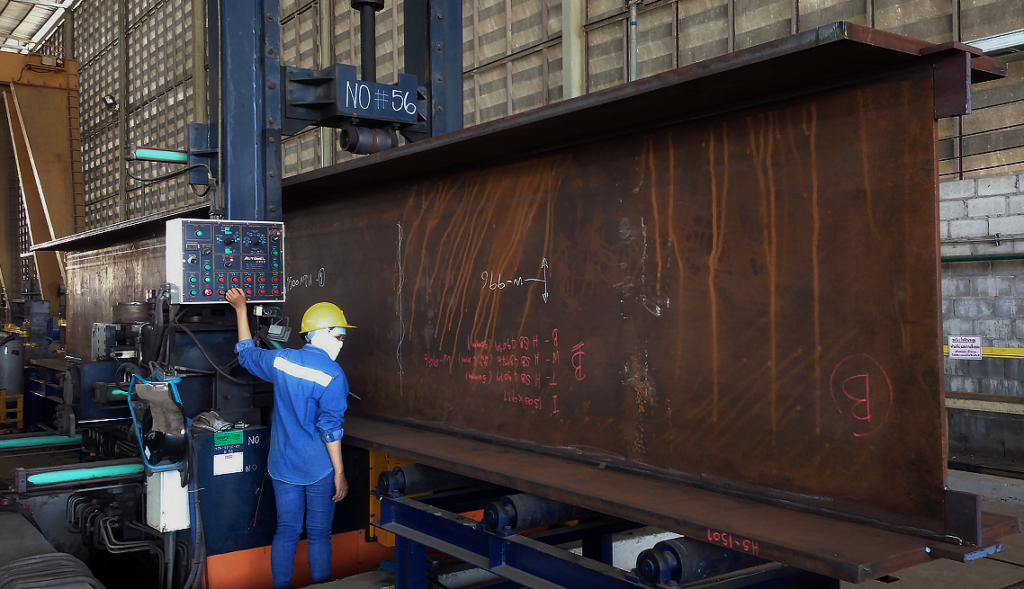
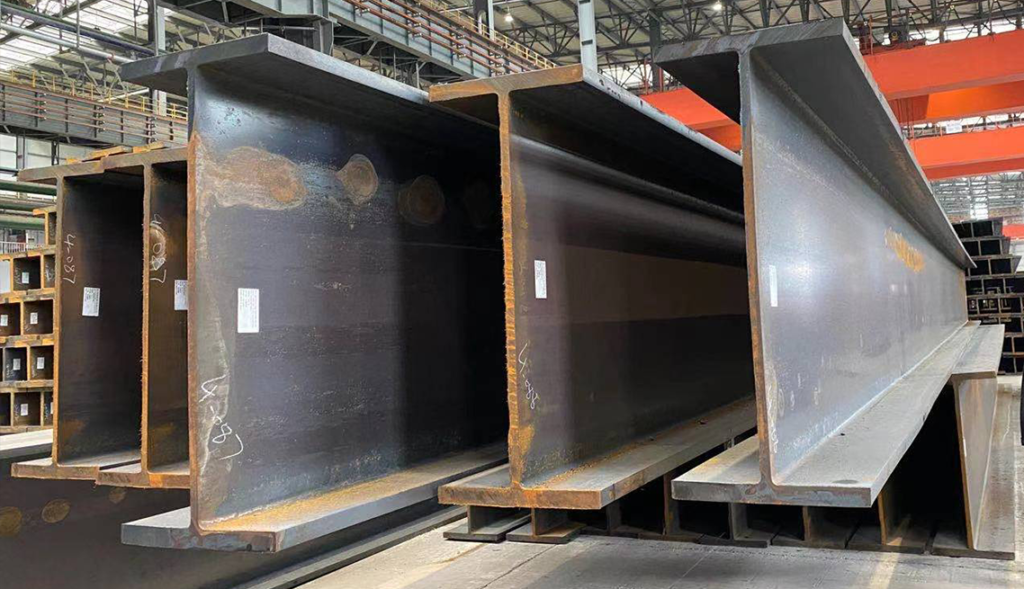
applications
Built-up beams, also known as composite beams or composite built-up sections, are structural elements commonly used in construction to achieve specific load-bearing and structural requirements. These beams are created by combining two or more individual structural elements to work together as a single unit. The applications of built-up beams are diverse and can be found in various areas of construction and engineering. Some of the common applications include:
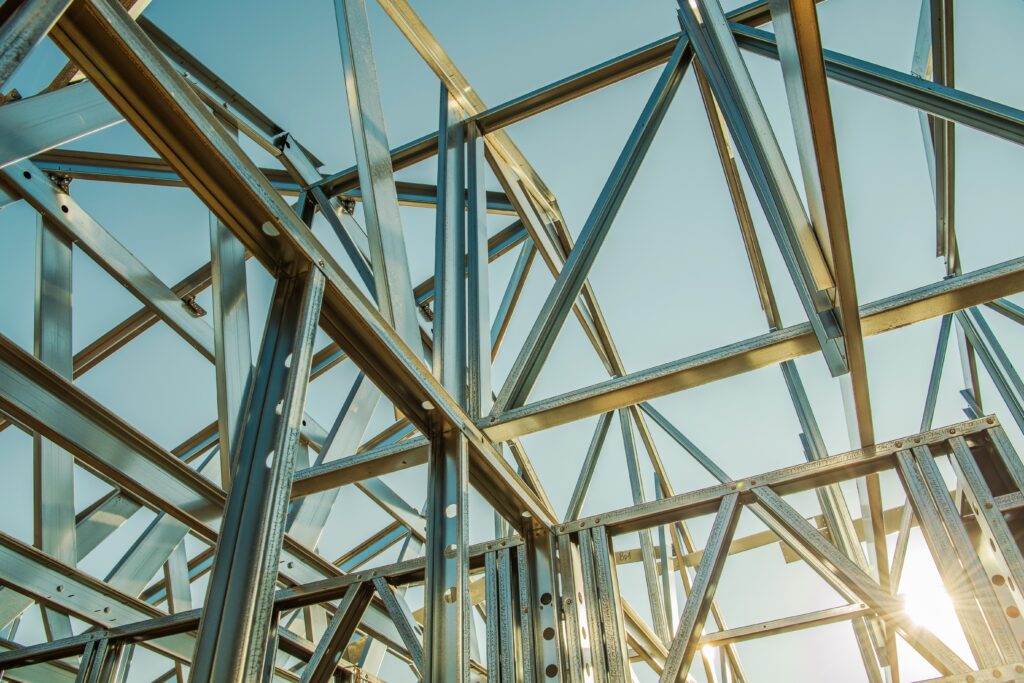
Columns and Chord Members in Trusses
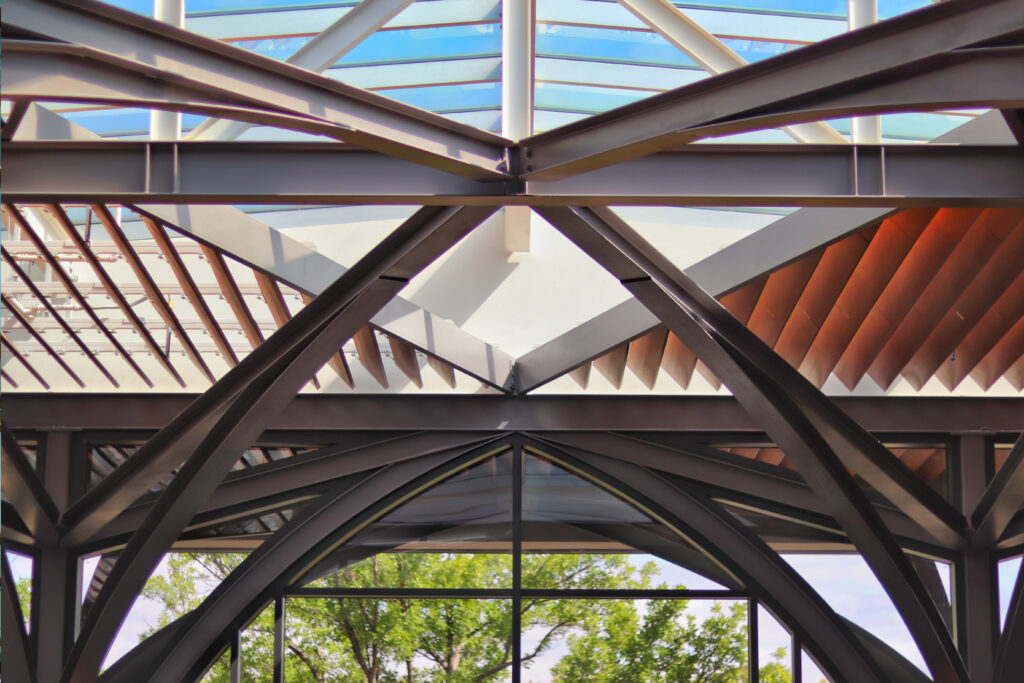
support structures
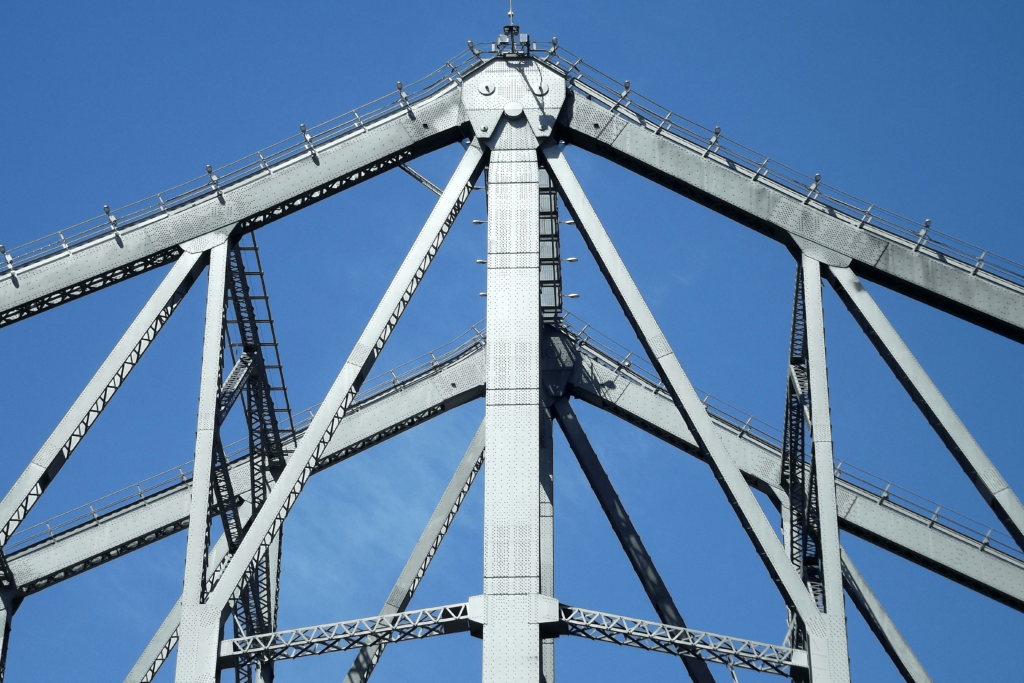
Construction of Floors, Ceilings, & Roofs
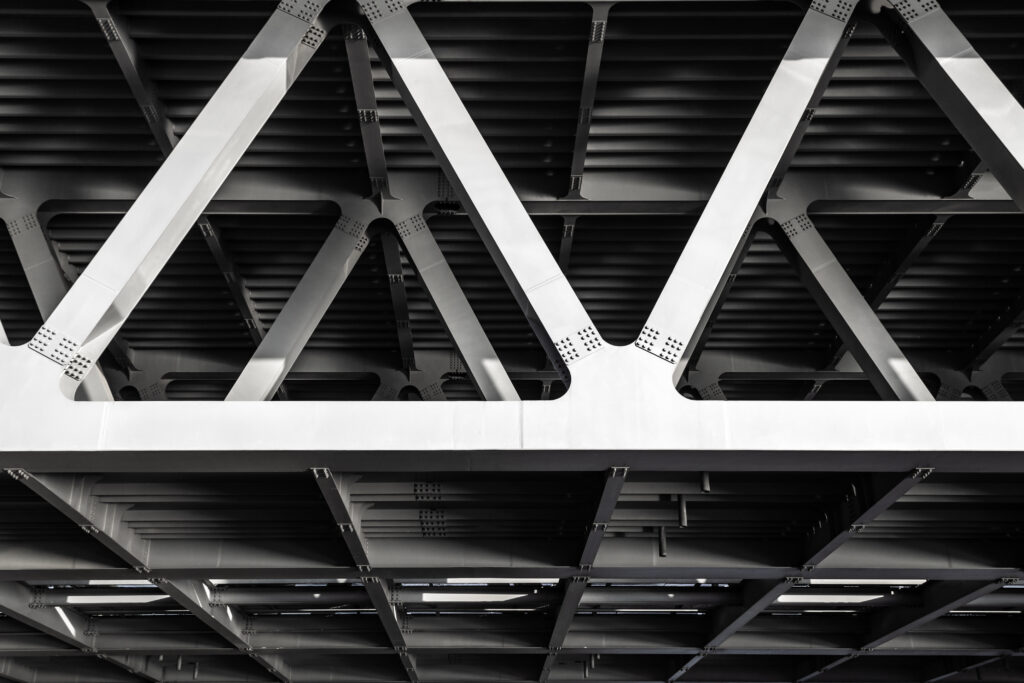
Compound Beam Construction
